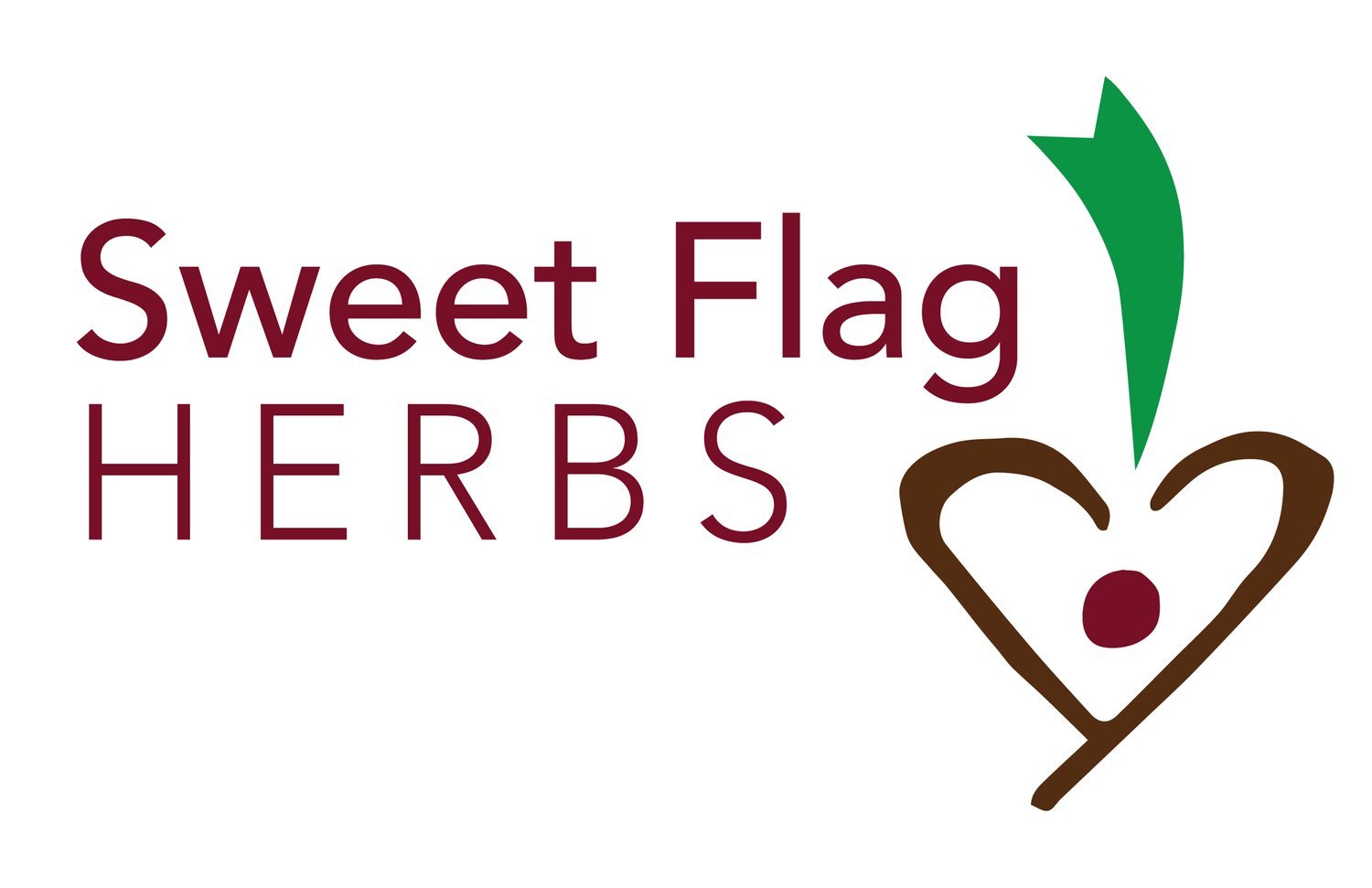What is an herbal tincture?
Tinctures can be made by soaking herbs in alcohol, and then straining out the herb. Like hot water (when we make a cup of tea), alcohol is an excellent solvent. The alcohol breaks open the cell walls of the plant and pulls the plant’s constituents into the liquid.
Tinctures are typically different from teas by being much more concentrated. A typical cup of herbal tea might be made with one or a few Tablespoons of plant material. In contrast, an herbal tincture is made by stuffing a mason jar full of plant material; enough alcohol is added to just cover the herb.
Due to their concentrated/potent nature, the dosage of herbal tinctures is quite small compared to teas. 1/4-1/2 tsp is a common dose (1--5 droppersful if you’re using a dropper top), depending on the herb, the person, and the reason for taking the herb.
Below are instructions for making herbal tinctures dry or fresh plant material. Don’t be intimidated by these instructions! You’re basically just throwing the herb in a jar, topping it off with alcohol, and straining the herb out a month later. After you see how simple the process is, making future tinctures will be a breeze.
Before beginning, do a little research to ensure a tincture is the best way to prepare the herb you wish to use:
Though alcohol is a great solvent for many plant constituents, it’s not great for mucilage (found in herbs like marshmallow, psillium or plantain seed, linden, and chia seed)
A few herbs are considered more potent when used fresh (rather than dried). For example, some herbalists feel that fresh stinging nettle is best for easing seasonal allergy symptoms. Many feel that St. John’s Wort is most effective when used fresh (though this is debated!). Lemon balm loses its aroma relatively quickly after drying, so I prefer to tincture it fresh.
Instructions: Tincturing fresh plant material
If you have a kitchen scale:
Weigh plant material.
Chop finely and stuff into mason jar.
Add 2 fluid ounces of 190-proof clear alcohol (like Everclear) for every 1 ounce herb, by weight. (100-proof vodka can be substituted if you don’t have access to a stronger clear alcohol).
Use a metal utensil to press air bubbles out.
See “Completing Your Tincture” section below.
If you don't have a scale:
Chop plant material and stuff into mason jar.
If your herb is a leaf or flower, add enough 190-proof alcohol (or vodka) to barely cover the herb.
If you’re tincturing roots, bark, seeds, or berries: add 1.5 times the volume of the herb. (Ex. if you’re tincturing one cup finely-chopped roots, add 1.5 cups alcohol).
Use metal utensil to press air bubbles out.
See “Completing Your Tincture” section below.
Instructions: Tincturing Dried plant material
If you have a kitchen scale:
Weigh plant material.
Chop finely and stuff into mason jar.
Add 5 fluid ounces of 80-100 proof clear alcohol (like vodka) for every 1 ounce herb, by weight.
Use a metal utensil to press air bubbles out.
See “Completing Your Tincture” section below.
If you don't have a scale:
Chop plant material and stuff into mason jar.
If your herb is a leaf or flower, add enough 80-100 proof alcohol to barely cover the herb.
If you’re tincturing roots, bark, seeds, or berries: add 1.5 times the volume of the herb. (Ex. if you’re tincturing one cup finely-chopped roots, add 1.5 cups alcohol).
Use metal utensil to press air bubbles out.
See “Completing Your Tincture” section below.
Completing your Tincture (Fresh or Dried herbs):
Let tincture macerate (steep) for at least a month, shaking daily or as often as you remember. If plant material comes above the surface of the liquid, push it back down with a spoon.
After a month, strain out herb using fine cheesecloth, a coffee filter, or an old clean t-shirt or handkerchief. Wring out well, reserving as much liquid as possible; the liquid is your tincture. Discard plant material.
Tincture is complete!
Store in a glass jar or bottle (preferably amber-colored) in a cool, dark place. In general, tinctures remain potent for many years if stored well.
The metal lids of mason jars can corrode over time. Many people prefer to use amber bottles with polyseal/phenolic screw caps, which are more durable.
Recommended use:
Shake bottle before each use. Consult a trusted resource for dosage specific to your herb/body. If you’re taking medications, check with a practitioner before adding herbs to your protocol.
Suggested resources for dosing:
Herbalist Michael Moore: www.swsbm.com/ManualsMM/MatMed5.pdf
Dr. Sharol Tilgner: www.herbaltransitions.com/MateriaMedica.html
Easley, Thomas and Steven Horne. The Modern Herbal Dispensatory book.
David Hoffman, Medical Herbalism book.

